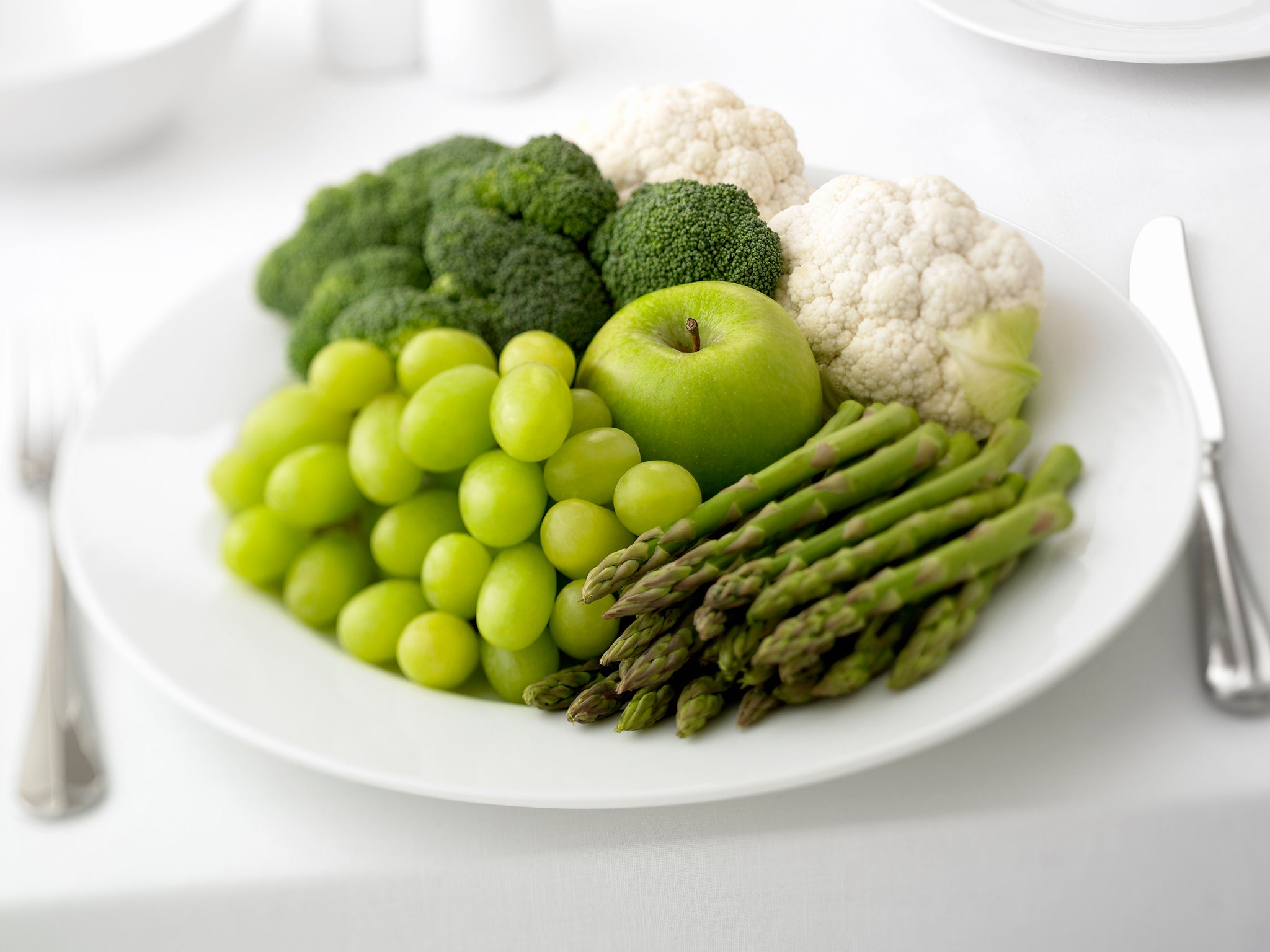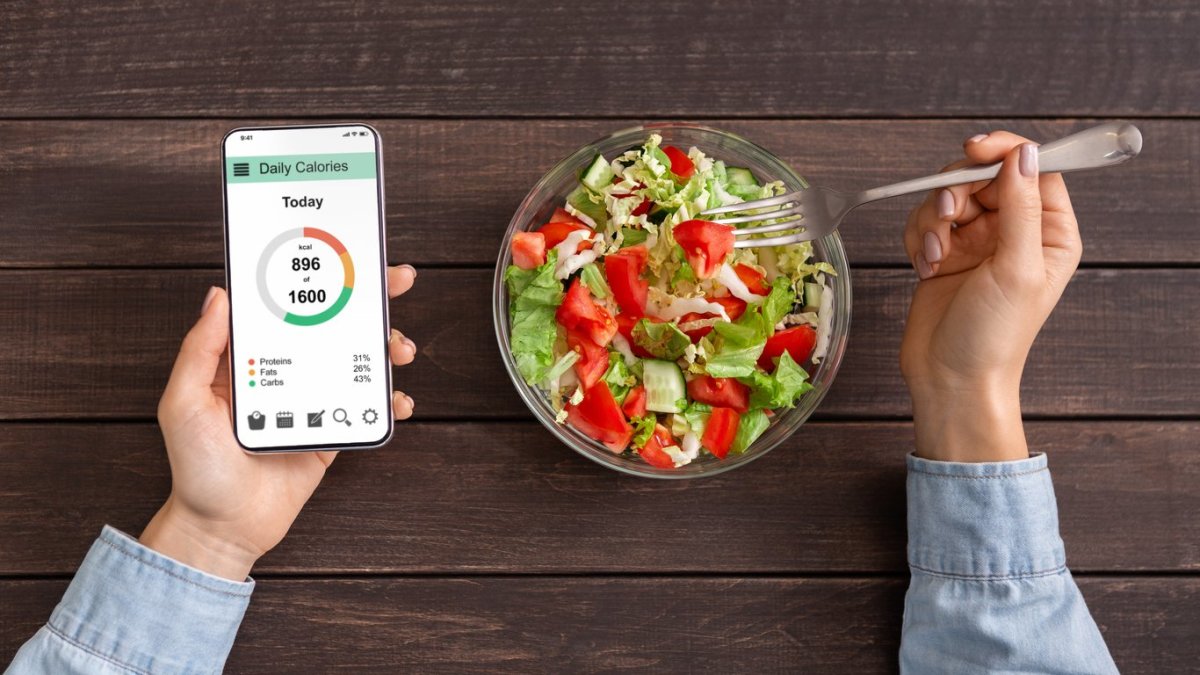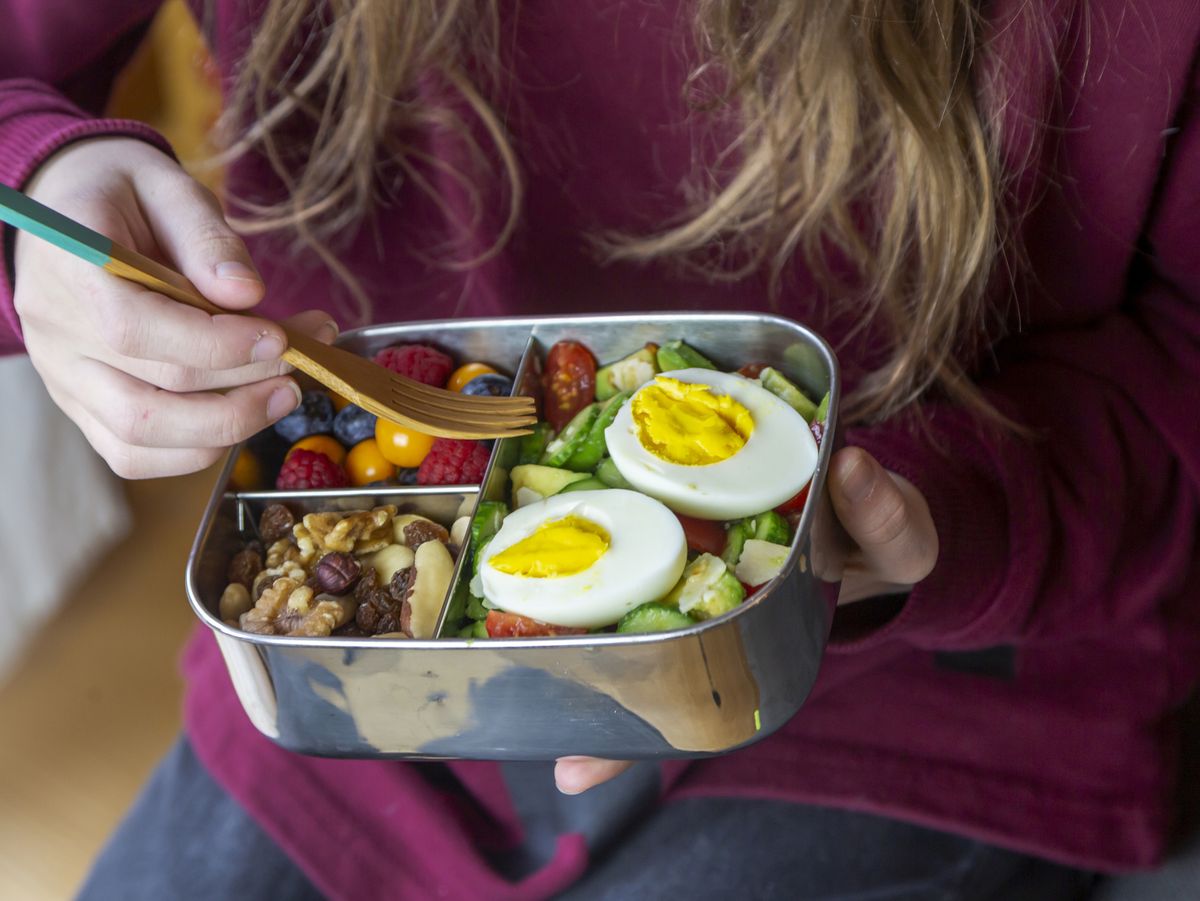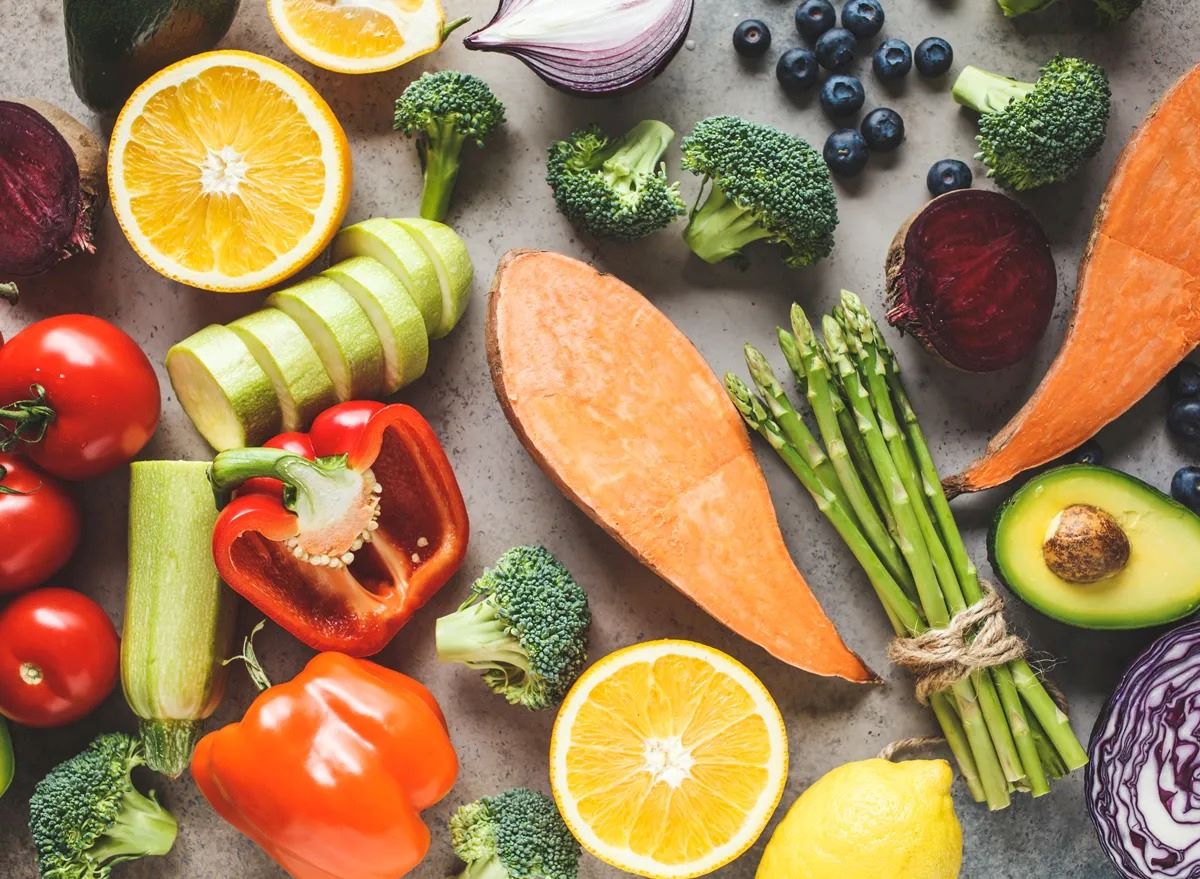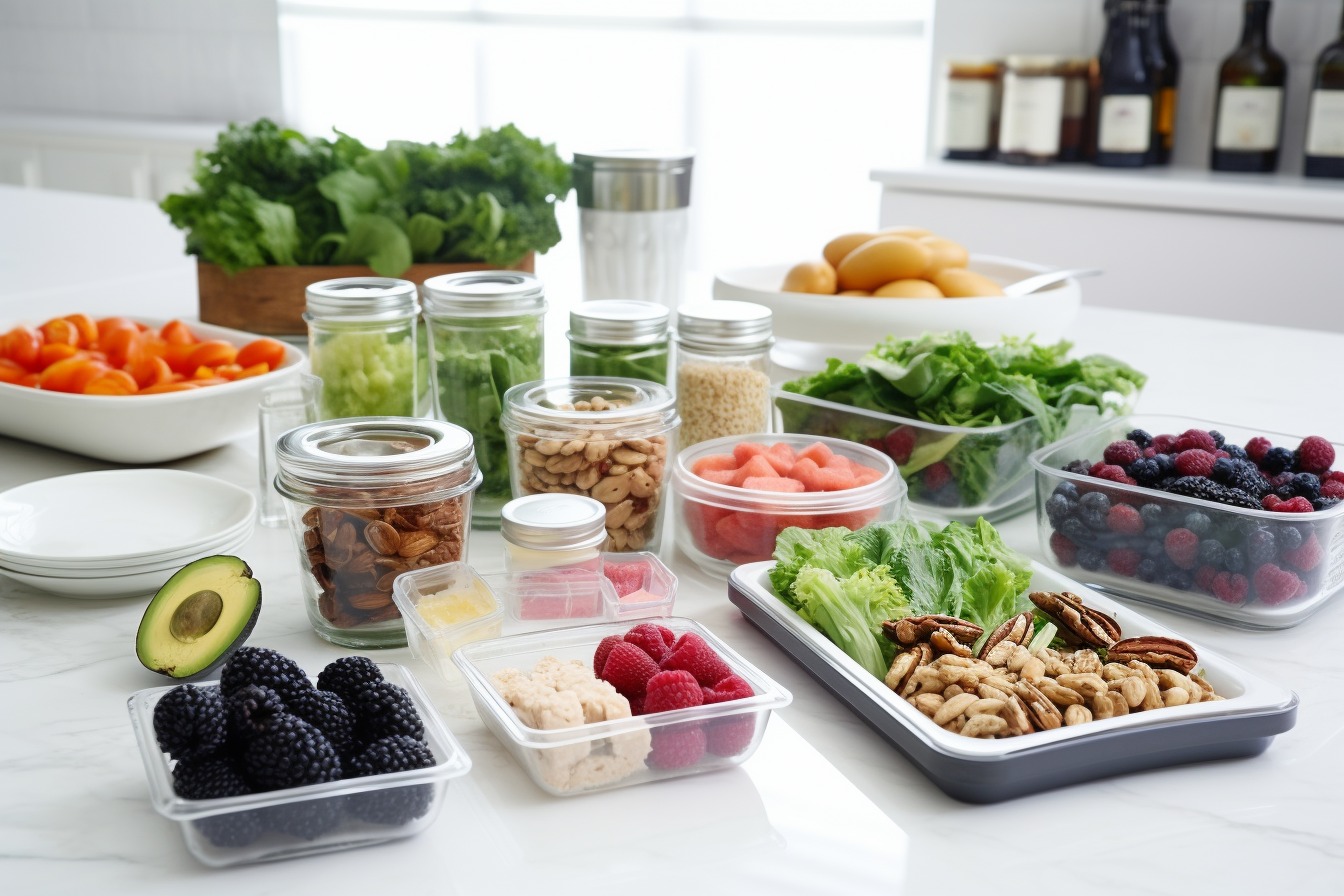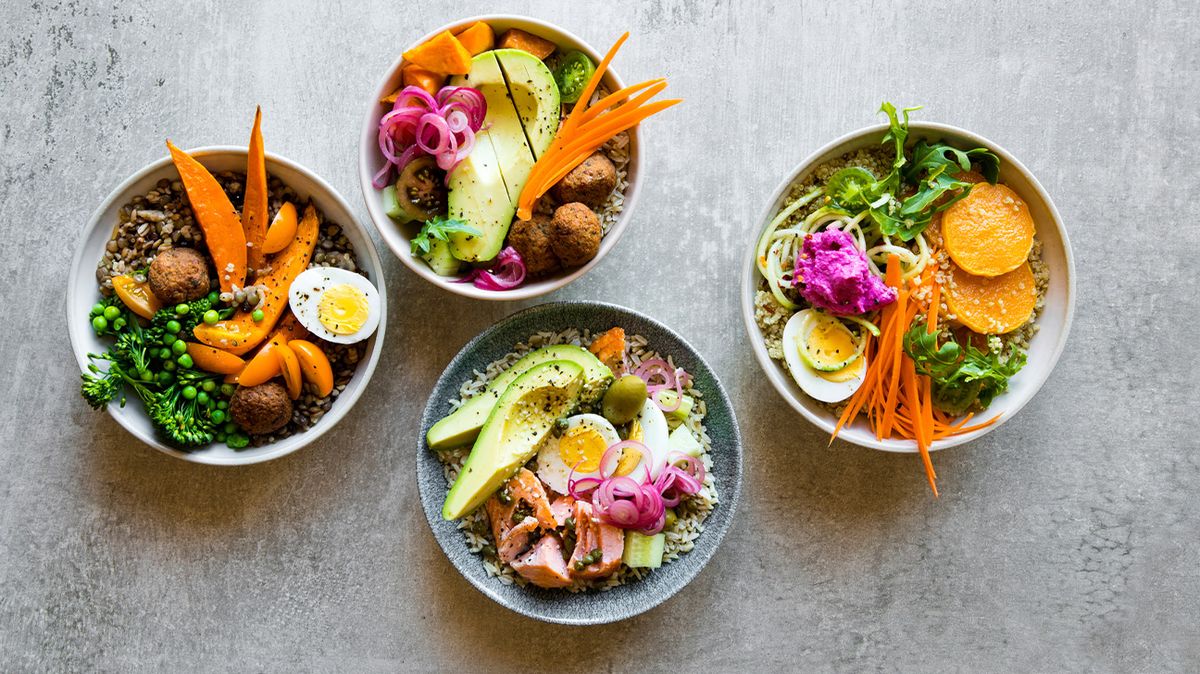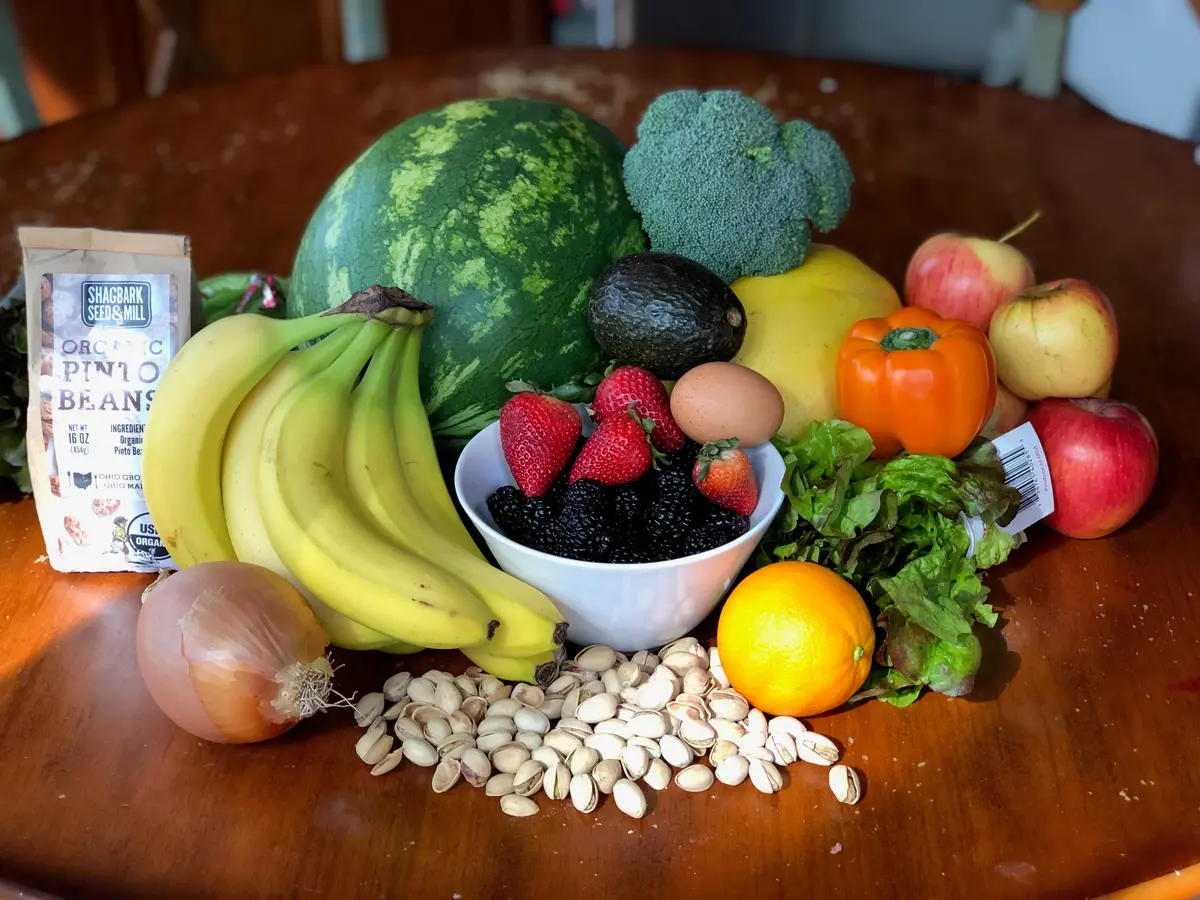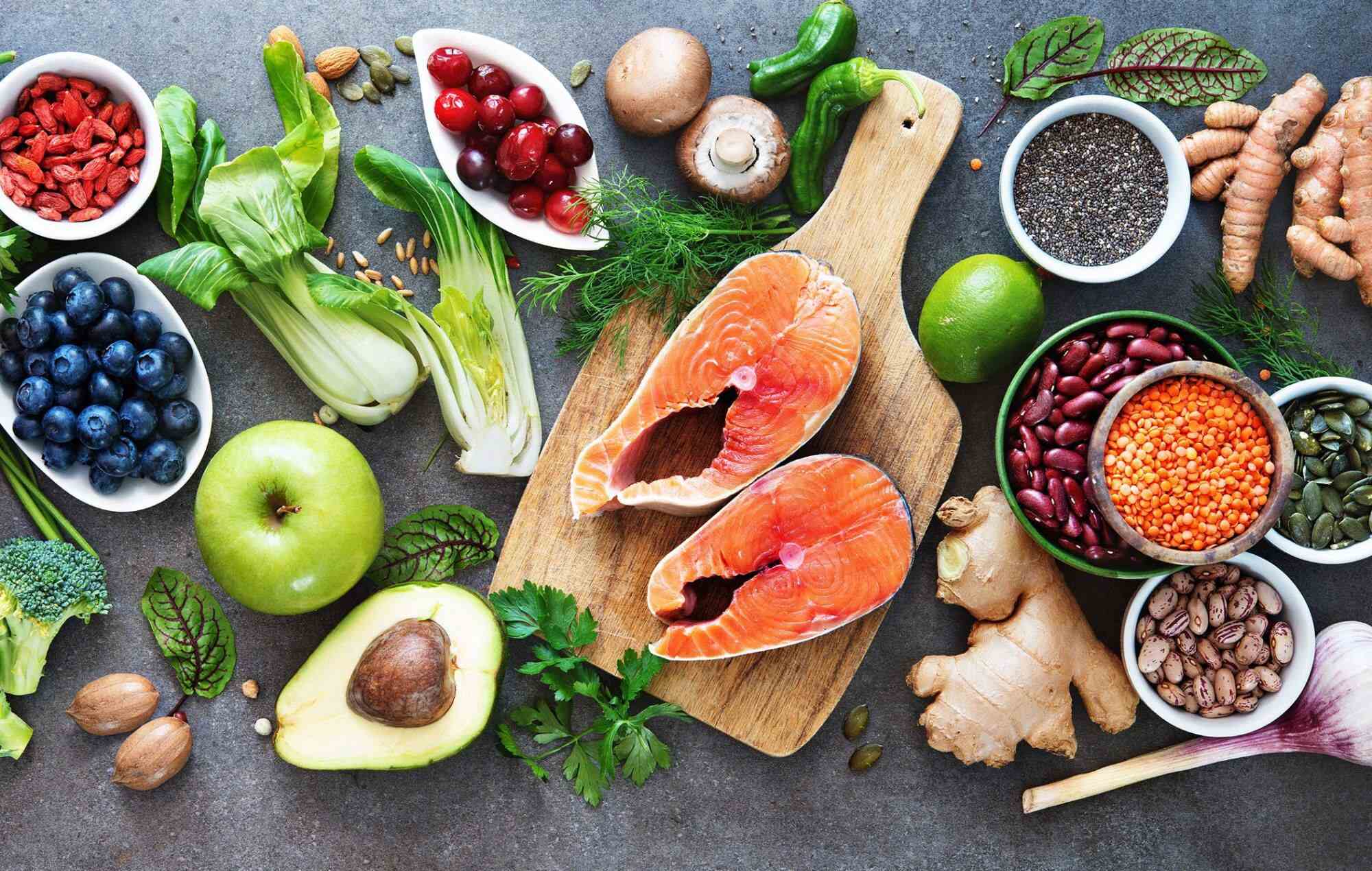Simple Ways to Eat Fewer Calories and Lose Weight
Losing weight can be a challenging journey, but one of the most effective ways to shed those extra pounds is by consuming fewer calories. By making simple changes to your diet and lifestyle, you can create a calorie deficit that will help you reach your weight loss goals. Here are some practical tips to help you eat fewer calories and lose weight:
1. Choose Nutrient-Dense Foods
When trying to eat fewer calories, it’s important to focus on foods that are high in nutrients but relatively low in calories. Opt for whole, unprocessed foods such as fruits, vegetables, lean proteins, and whole grains. These foods are not only nutritious but also tend to be lower in calories, making them a great choice for weight loss.
2. Practice Portion Control
Portion control is key when it comes to reducing calorie intake. Be mindful of serving sizes and avoid eating straight from the package. Instead, use measuring cups and scales to portion out your food. This can help prevent overeating and ensure that you’re consuming the right amount of calories for your body’s needs.
3. Fill Up on Fiber
Fiber-rich foods such as fruits, vegetables, and whole grains can help you feel full and satisfied on fewer calories. Aim to include these foods in your meals and snacks to help curb hunger and prevent overeating. Additionally, foods high in fiber are often lower in energy density, meaning they have fewer calories for the same volume of food.
4. Be Mindful of Liquid Calories
Many beverages, such as soda, juice, and specialty coffee drinks, are loaded with calories. By choosing water, unsweetened tea, or black coffee instead, you can significantly reduce your calorie intake. Liquid calories can add up quickly, so being mindful of what you drink is essential for weight loss.
5. Limit Added Sugars and Fats
Foods high in added sugars and fats can contribute a significant amount of calories to your diet without providing much nutritional value. Limit your intake of sugary treats, fried foods, and high-fat snacks to help lower your overall calorie consumption. Instead, focus on whole foods that are naturally low in added sugars and fats.
6. Plan and Prepare Your Meals
Meal planning and preparation can help you make healthier choices and avoid high-calorie convenience foods. By cooking at home and packing your meals and snacks, you have more control over the ingredients and portion sizes, making it easier to stick to your calorie goals.
7. Slow Down and Enjoy Your Food
Eating slowly and savoring each bite can help you become more in tune with your body’s hunger and fullness cues. This can prevent overeating and allow you to be more mindful of your calorie intake. Put down your fork between bites, chew your food thoroughly, and pay attention to how your body feels as you eat.
8. Stay Active
Regular physical activity not only burns calories but can also help control appetite and improve your overall well-being. Find activities you enjoy and make them a regular part of your routine. Whether it’s walking, dancing, or playing a sport, staying active can support your weight loss efforts.
By incorporating these simple strategies into your daily routine, you can effectively reduce your calorie intake and move closer to your weight loss goals. Remember, small changes can add up to significant results over time. With patience and consistency, you can achieve a healthier, happier you.
